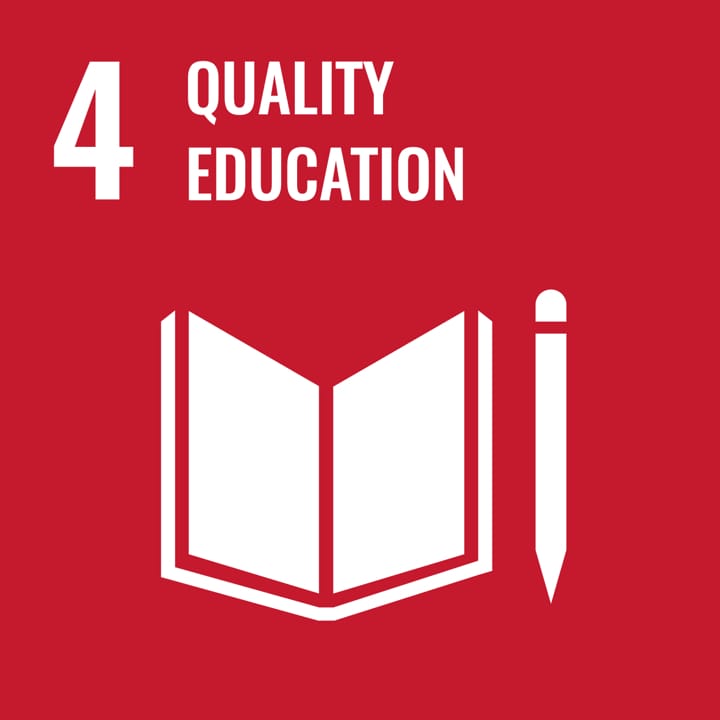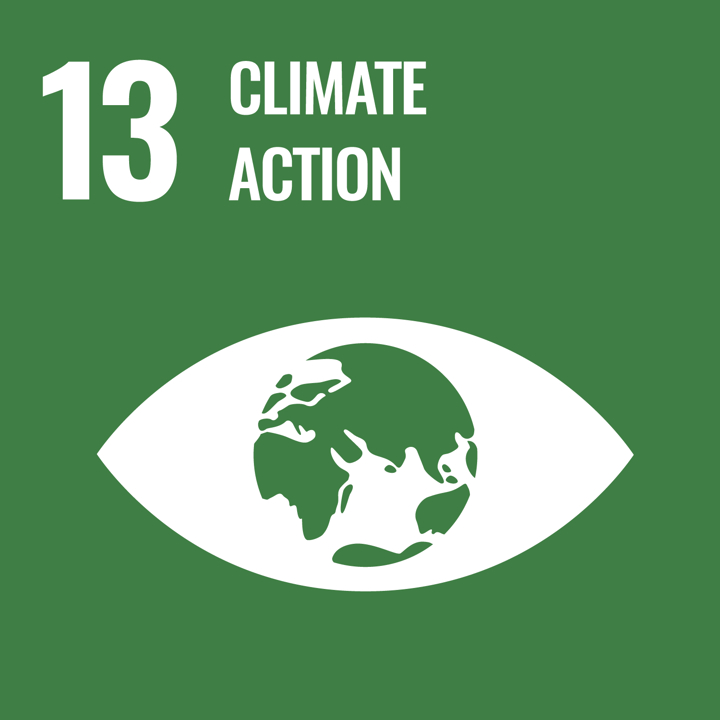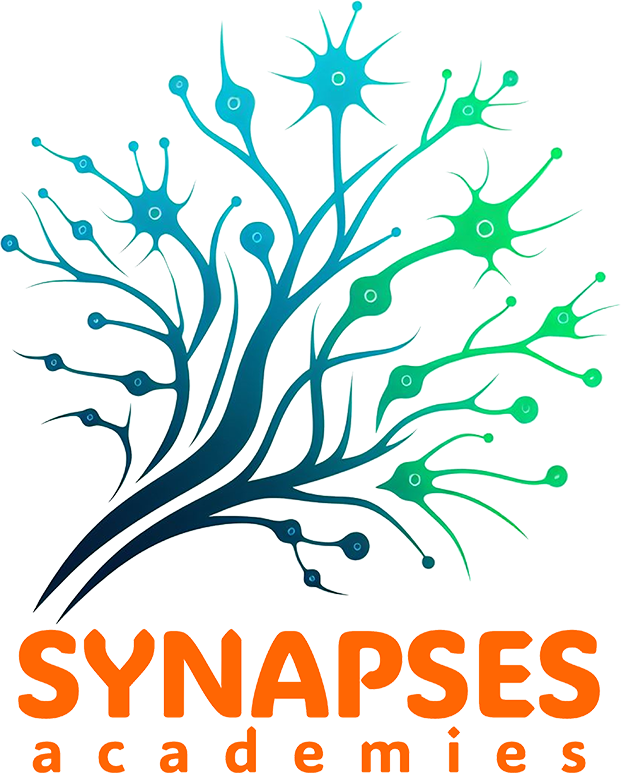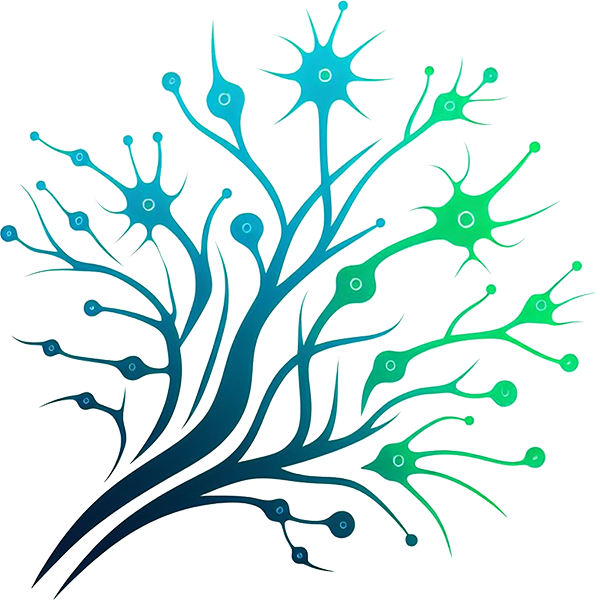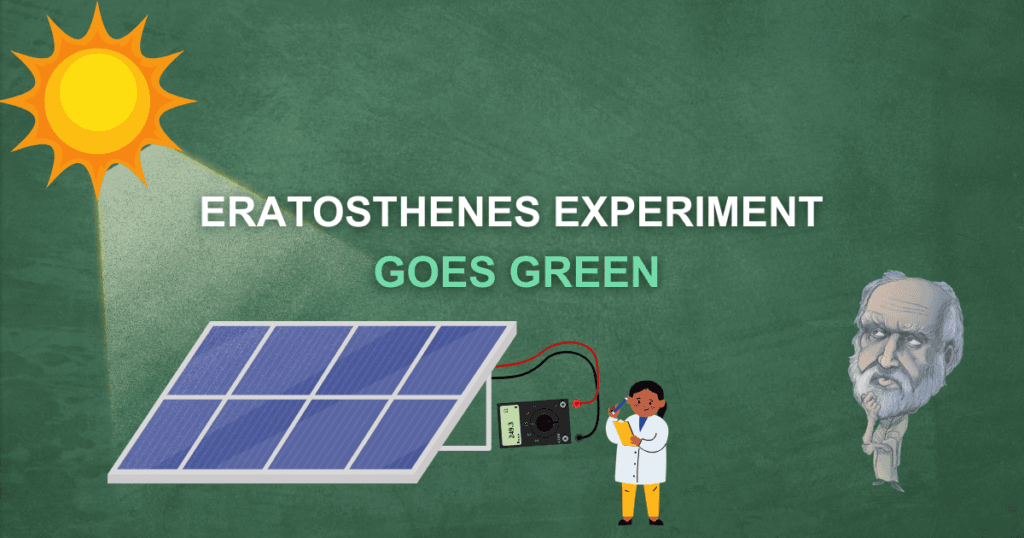
Vorgesehener Endnutzer: Lehrer, Lehrerausbilder
Altersgruppe: Sekundarstufe I; Sekundarstufe II
Lehrplan der Schule: Maths; Science; Social & Environment Science; Languages; Applied Science
Themen und Fragestellungen: Energy Use and Production; Collective Action; Environmental Change; Futures Thinking; Information & Knowledge; Pedagogy Approaches
Dauer: Approximately 4 teaching hours
Art der Ressource: Experiment, Lesson Plans
Schlüsselwörter: Solar Panels, Equinox, Energy, Latitude, Sustainability
Sprachen: English, Greek
Beschreibung
Over 2,400 years ago, Eratosthenes measured Earth’s circumference using geometry, shadows, and observations. Today, students replicate this method by using solar panels to measure the Sun’s angle at noon, optimizing panel tilt for maximum solar efficiency. This activity combines geography, physics, and sustainability while fostering teamwork and critical thinking. Through data collection and analysis, participants explore Earth’s curvature, solar energy principles, and their practical applications.
The activity encourages critical thinking about renewable energy and human impact on Earth’s climate. Students use real-world tools like multimeters and collaborate to calculate results. This engaging experience supports the development of scientific literacy and environmental awareness.
Wie Sie diese Ressource nutzen können
In this activity, the teacher begins by introducing students to Eratosthenes’ experiment, explaining how he measured the Earth’s circumference using shadows and geometry. Next, the teacher provides a brief overview of how solar panels work, focusing on how sunlight is converted into electrical energy.
In the following lesson, which should be scheduled during the equinox, students use a solar panel and a multimeter to measure the panel’s voltage and current. Through hands-on experimentation, they explore how different panel inclinations affect solar power output, discovering the relationship between solar angles, energy efficiency, and the Earth’s latitude.
The activity concludes with a reflection and discussion about the findings, supported by worksheets and a short assessment to consolidate learning.
Die Ressourcen
You will find the Eratosthenes Goes Green experience here:
Lernergebnisse
- Anwendung einer Reihe von geeigneten Instrumenten und Rahmenwerken zur Förderung des bürgerschaftlichen Engagements von Studierenden im Bereich Nachhaltigkeit
- das Wissen, die Instrumente und den Rahmen gemeinsam zu synthetisieren, um Bildungsmaterialien und Unterrichtspläne zu erstellen, die an ihren eigenen lokalen Kontext angepasst sind
- Entwicklung und Anwendung von Beurteilungskriterien zur Bewertung des bürgerschaftlichen Engagements für Nachhaltigkeit bei Schülern.
- Durch Workshop-Aktivitäten und Praxisgemeinschaften werden Kapazitäten und Handlungskompetenzen von Lehrkräften und Führungskräften im Bereich Sustainability Citizenship aufgebaut.
Grüne Kompetenzen
- Komplexität in der Nachhaltigkeit berücksichtigen: Systemdenken; Kritisches Denken; Problemstellung
- Visionen für eine nachhaltige Zukunft: Anpassungsfähigkeit; forschendes Denken
- Handeln für Nachhaltigkeit: Kollektives Handeln
Creative Commons

This resource has been created by Ellinogermaniki Agogi and has been shared to SYNAPSES Academy under written permission.
SDGs
